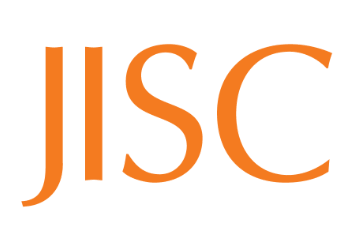Lei Zeng, M., & Mai Chan, L. (2004). Trends and issues in establishing interoperability among knowledge organization systems. Journal of the American Society for Information Science and Technology, 55(5), 377-395. doi:10.1002/asi.10387
This work examines methods used for establishing interoperability among different KOS. It reviews systems in production, such as UMLS and LCSH, and relevant literature.
Two concepts form the focus of their research:
- Definition of KOS: “Knowledge organization systems (KOS) is a general term referring to the tools that present the organized interpretation of knowledge structures” limited to “KOS used with online bibliographic databases, online-accessible library collections, Web-based subject directories or gateways, and digital libraries” (p. 377).
- Definition of Interoperability: “Interoperability has been defined as the ability of two or more systems or components to exchange information and use the exchanged information without special effort on the part of either system (ALA, 2000).” (p. 378).
Findings: They define the following methods for interoperability in networked KOS:
- Derivation/Modeling: a specialized vocabulary developed modeled on an existing vocabulary.
- Translation/Adaptation: translations of existing vocabularies to a new language
- Satellite and Leaf Node Linking: specialized vocabularies created for specific subject areas.
- Direct Mapping: establish equivalences of terms between controlled vocabularies
- Co-occurrence Mapping: occurs at the application level. Terms from two or more vocabularies included in a record can be seen as mapped to one another.
- Switching: Use of an “anchor term” around which various terms in multiple vocabularies are gathered.
- Temporary Union List: used in retrieval, multiple vocabularies used. in response to a user query.
- Linking Through a Thesaurus Server Protocol: thesaurus services are queried by the Server in a known format, and return results in some standardized format.
Conclusion: Interoperability is unavoidable, but it can be achieved though a variety of methods (which have pros and cons). Human (intellectual) and computer mapping systems will co-exist for some time to come. The authors predict many more multilingual services to emerge. There is a need to reconcile subject vocabularies from different subject areas, and to create “collection-independent KOS” (p. 388).
Future work: “Have we fully exploited technological capabilities in our efforts to improve subject access to the myriad resources now available in the networked environment?” (p. 388)




